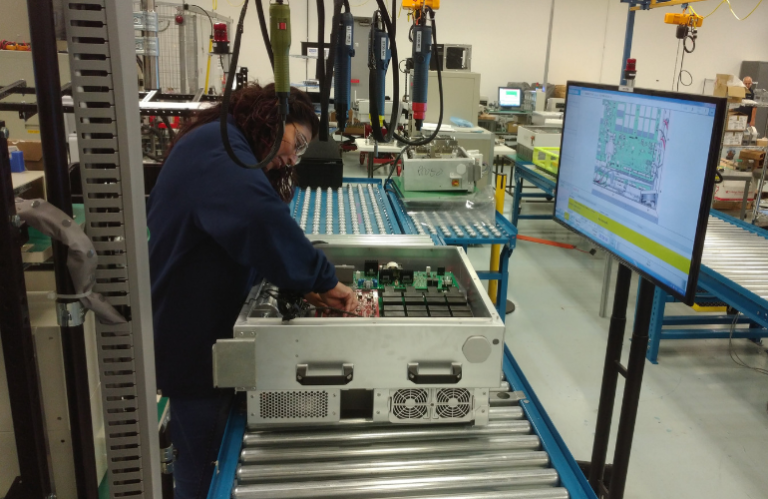The US Treasury Department and the IRS announced this today final rules for the Advanced Manufacturing Production Credit (Section 45X of the Internal Revenue Code), to fuel the continued growth of U.S. clean energy production as part of President Biden and Vice President Harris’ Investing in America Agenda.
The final rules announced today are largely consistent with proposed regulations released in December 2023. They clarify definitions and confirm credit amounts for eligible components, including solar energy components, wind energy components, inverters, eligible battery components and applicable critical minerals; define key terms to stimulate manufacturing in the United States and clarify the circumstances under which taxpayers can claim the credit; and finalize key safeguards to prevent potential fraud, waste or abuse – including safeguards against double crediting of the same part, crediting of non-value-added activities, or extraordinary circumstances in which components are produced but not used productively.
Here are the listed production tax credits related to the solar and storage industries:
The full stated credit would be given to everything sold through December 31, 2029. From 2030, the credits will start to gradually disappear:
- 2030: 75% of the credit amount
- 2031: 50%
- 2032: 25%
- 2033: 0%
“The Biden-Harris administration’s economic agenda is driving a manufacturing boom across the country, which I have seen firsthand in North Carolina, Kentucky and Georgia. These investments create good-paying jobs, strengthen America’s supply chains, and lower costs for American consumers and businesses,” said U.S. Treasury Secretary Janet L. Yellen. “The final rules announced today will help companies continue to invest and innovate in the United States as we build our clean energy economy.”
The Advanced Manufacturing Production Credit helps level the playing field for U.S. companies in the onshore production of critical clean energy technologies such as solar and wind energy components, batteries and energy storage, and critical minerals. The final rules announced today will expand America’s clean energy manufacturing base, create good-paying jobs, strengthen the nation’s energy security, and build the reliable and responsible supply chains needed to meet America’s climate goals. In particular, the final rules will accelerate the development of domestic supply chains for critical minerals by allowing taxpayers to include material costs and extraction costs in the production costs for applicable critical minerals and active electrode materials, provided certain conditions are met. This change, based on stakeholder feedback, will enable further investments in the responsible mining and processing of critical minerals in the U.S. and strengthen U.S. energy security and clean energy supply chains.
“Section 45X is one of the most impactful policies we have to land the solar supply chain,” said Abigail Ross Hopper, president and CEO of the Solar Energy Industries Association (SEIA), in a press statement. “Clarity is key, and these rules provide the certainty domestic solar and storage producers need to move forward with their investments. Over the past year, SEIA has advocated for solutions that make this credit more accessible, including realistic solutions to expand eligibility for inverter manufacturers and help storage manufacturers recoup the upfront costs of accessing critical minerals.
“As a result of these rules, investments in American workers and factories are here to stay,” she continued. “Whether it’s manufacturing solar panels in Georgia, rolling steel in Pennsylvania or producing minerals in Montana, the solar and storage industry is committed to making homegrown solar products. We commend the Treasury Department and the Biden Administration for their continued efforts to support domestic manufacturing and invest in our energy independence.”
Today’s final rules will provide taxpayers with additional clarity and certainty to drive even greater investment in clean energy and critical minerals. Because the Advanced Manufacturing Production Credit qualifies for the new monetization provisions of the Inflation Reduction Act to ensure companies receive the full value of the incentives – electives and transferability – the tax credit is particularly powerful for early-stage companies with low tax liabilities.


